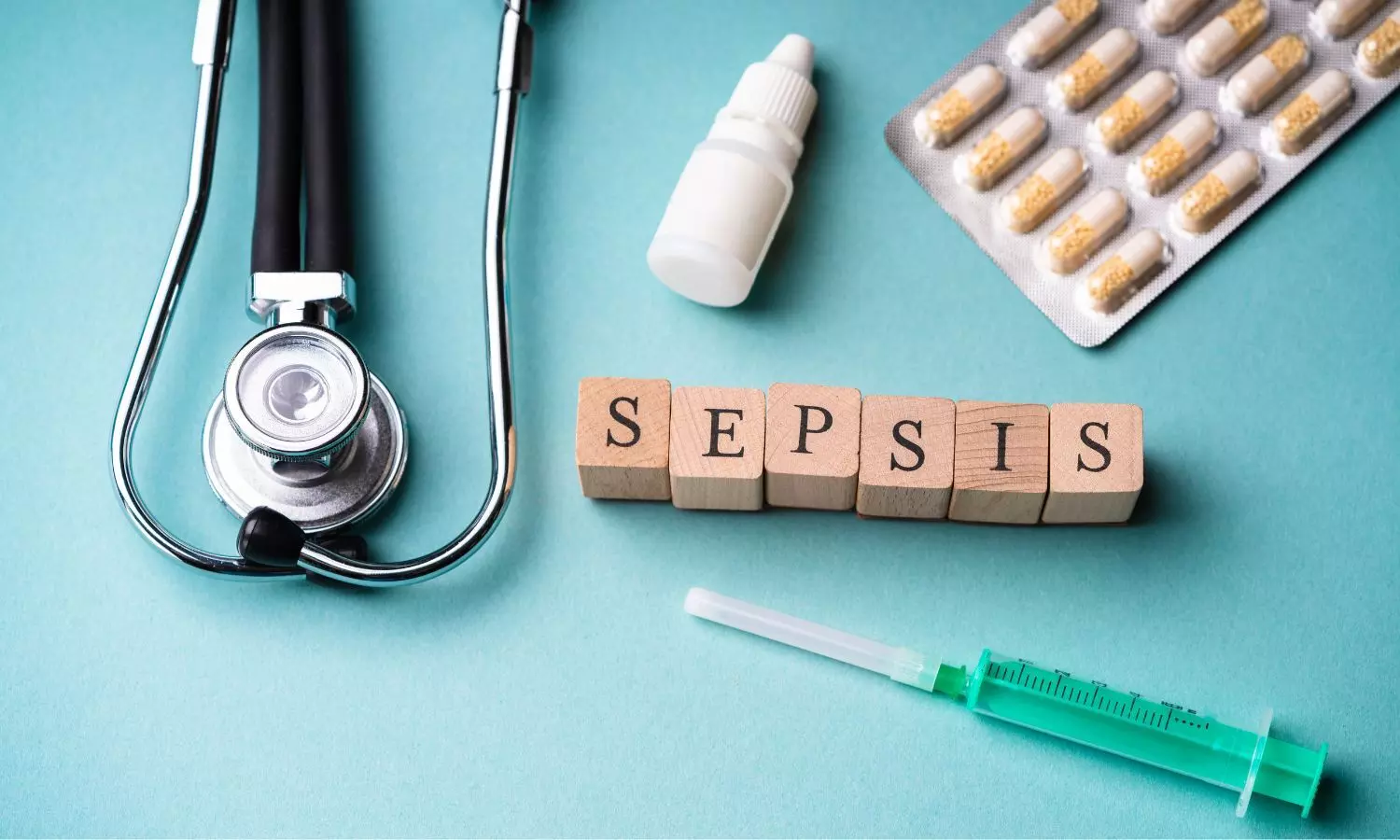Comprehending Sepsis: Why Early Diagnosis is Critical for Saving Lives Sepsis, often defined as a silent killer, is a life-threatening illness that occurs when the body's reaction to an infection leads to injury of its tissues and organs. In-spite-of rapid medical advances, sepsis remains a major healthcare condition, responsible for more than 11 million deaths globally each year. The core challenge arises from the elusive and rapidly progressive nature of sepsis, making it difficult to diagnose in its initial phases.
This underlines the vital significance of early detection in saving lives, with nursing personnel assuming a crucial role in the frontline identification and handling of this life-threatening ailment. Understanding Sepsis Sepsis is a condition that occurs when an infection, bacterial, viral, or fungal, leads to an excessive immune reaction in the body. Instead of effectively combating the invading pathogens, the immune system becomes hyperactive, releasing chemicals that result in substantial inflammation.
This can set off a series of physiological changes, including blood clotting and compromised blood flow to essential organs such as the heart, brain, and kidneys. If not properly addressed, sepsis can advance to septic shock, marked by a significant drop in blood pressure, resulting in the failure of multiple organs and death. Another key challenge with the condition is that its initial symptoms can be easily mistaken for other conditions.
These include fever,.


















